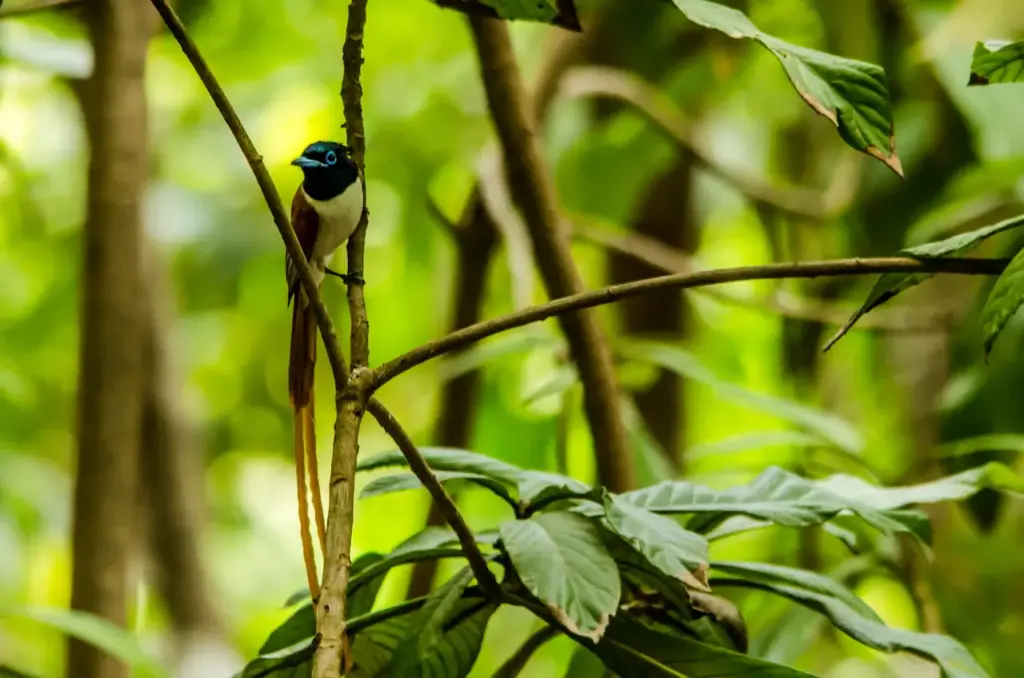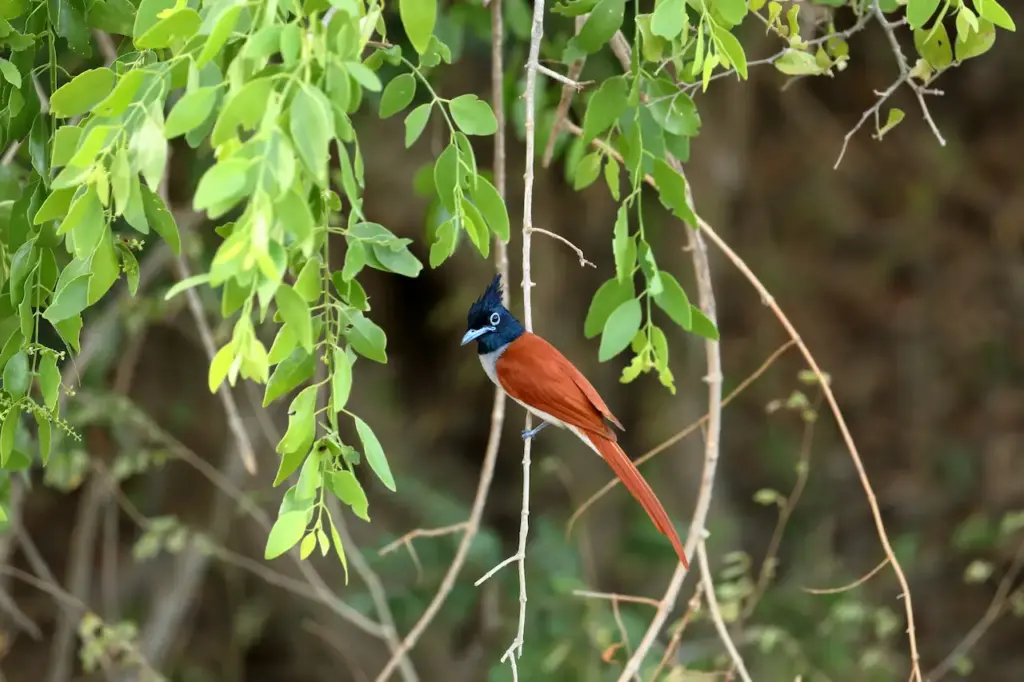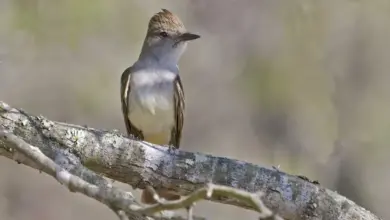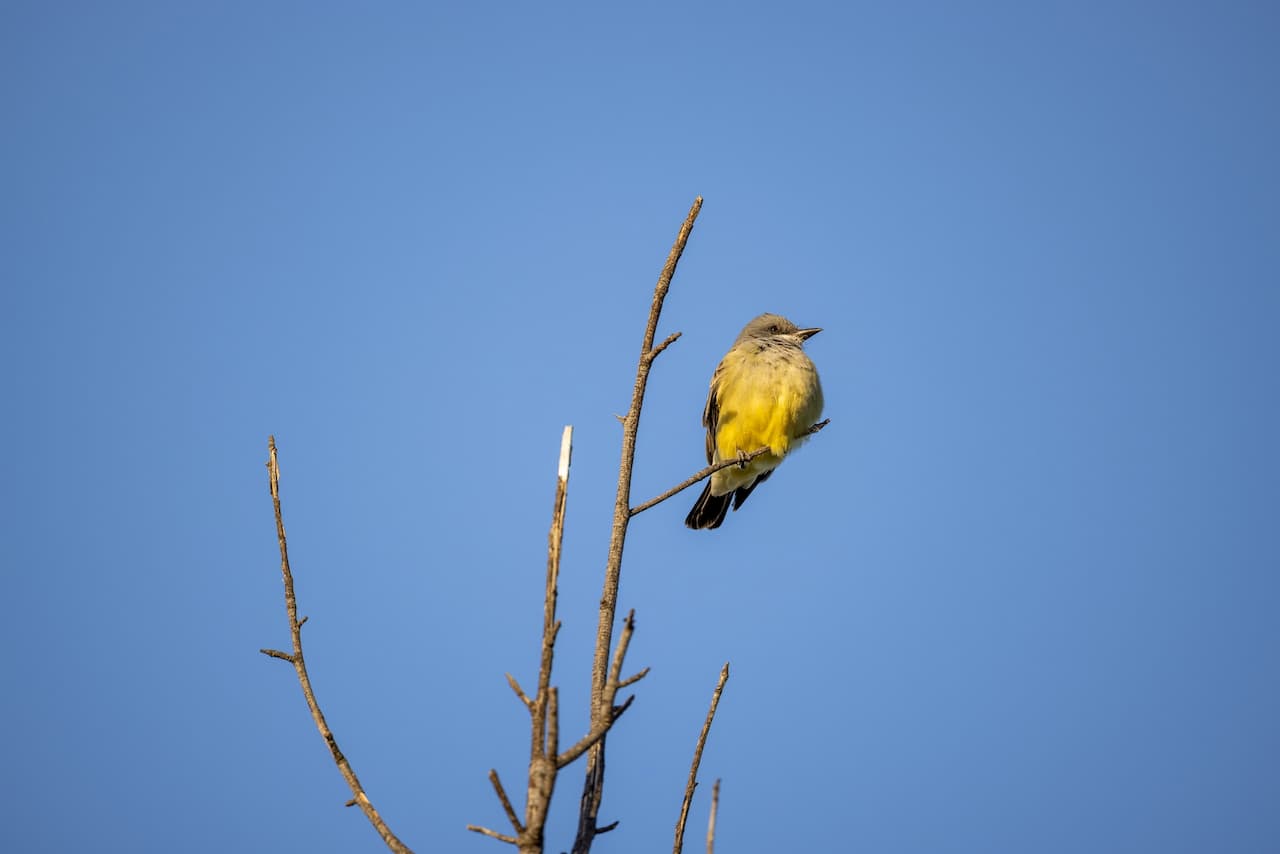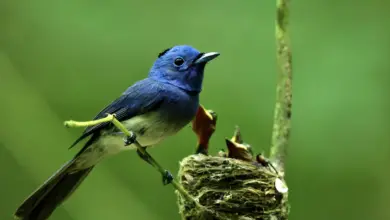Flycatchers
Asian Paradise Flycatchers Species
Asian Paradise Flycatchers: Subspecies, Ranges and Identification
Asian Paradise Flycatchers Subspecies:
- Asian Paradise Flycatchers (Terpsiphone paradisi paradisi – Linnaeus, 1758)
- Range: Breeding populations occur in central and southern India, central Bangladesh, and south-western Myanmar. Some travel to Sri Lanka for the winter.ID: Males have very long streamers and crests. White phase birds have also been reported. They have larger bills.
Asian Paradise Flycatchers Species
- Range: Breeding populations occur in central and southern India, central Bangladesh, and south-western Myanmar. Some travel to Sri Lanka for the winter.ID: Males have very long streamers and crests. White phase birds have also been reported. They have larger bills.
- Asian Paradise Flycatchers (Terpsiphone paradisi sumbaensis – A. B. Meyer, 1894
- Range: Sumba Island, part of Lesser Sundas
- East Himalayan Paradise Flycatchers (Terpsiphone paradisi saturatior – Salomonsen, 1933)
- Their breeding range stretches from eastern Nepal east to northeastern India, eastern Bangladesh and northern Myanmar. Those occurring in Malaysia migrate north for the breeding season. Non-breeding birds are also found on the Thai-Malay Peninsula in Southeast Asia.ID: Shorter crest with black shaft streaks on the upperparts of the white-phase (morph) male. The rufous-phase male is buffier below, has a rufous vent and shorter tail-streamers.
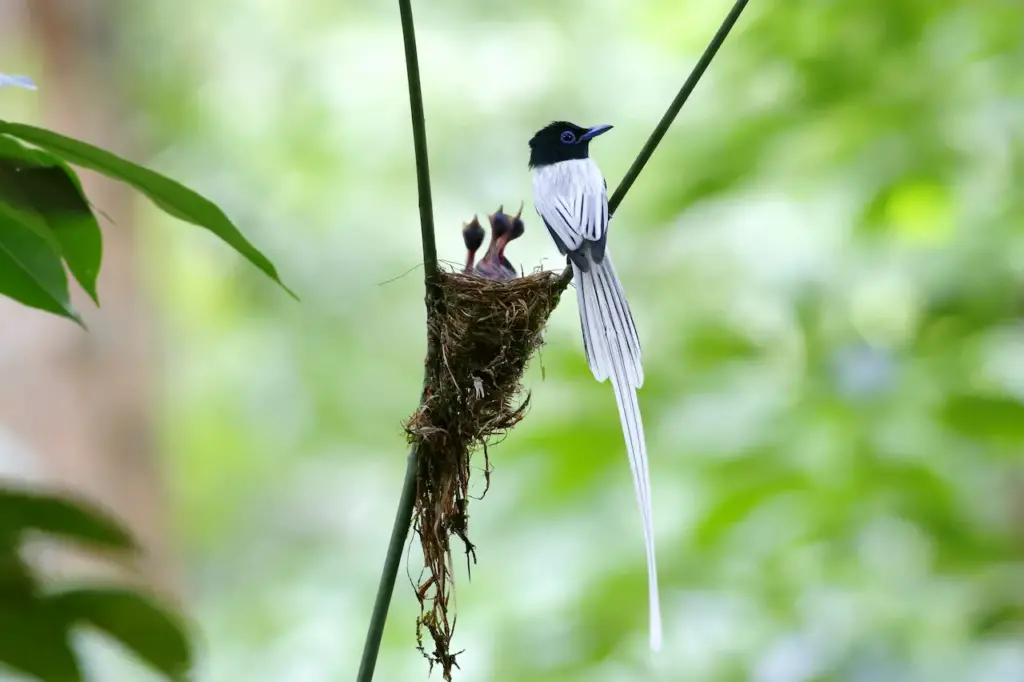
- Asian Paradise Flycatchers (Terpsiphone paradisi incei – Gould, 1852)
- Range: Breed in central, eastern and northeastern China, Russian Far East (southern Ussuriland) and northern Korea. Wintering / non-breeding birds occur mostly in southeastern Asia.
- West Himalayan Paradise Flycatchers (Terpsiphone paradisi leucogaster – Swainson, 1838)
- Range: Breeding populations are found in western Tien Shan south to northern Afghanistan, northern Pakistan, northwestern and north-central India as well as western and central Nepal. Non-breeding birds winter in eastern Pakistan and peninsular India, and migrate towards the foothills of the Himalayas for breeding.ID: Pale rufous upperparts, white chest, and a lot of black on the white wings.
- Asian Paradise Flycatchers (Terpsiphone paradisi ceylonensis – Zarudny and Härms, 1912)
- Range: Sri Lanka off the southern coast of India, South Asia.ID: Males have very long streamers and crests.
- [Terpsiphone paradisi myanmare] – Usually not recognized
- Range: Sri Lanka off the southern coast of India, South Asia.ID: Males have very long streamers and crests.
- Asian Paradise Flycatchers (Terpsiphone paradisi indochinensis – Salomonsen, 1933)
- Range: Eastern Myanmar and southern Yunnan in the south of China. The migration route takes them through Thailand and Indochina to Malaysia, Sumatra and adjacent slands.
- Asian Paradise Flycatchers (Terpsiphone paradisi affinis – Blyth, 1846)
- Range: Peninsular Malaysia and Sumatra – the westernmost of the Sunda Islands.
- [Terpsiphone paradisi madzoed] – Proposed race from northern Sumatra) – usually included within ssp. affinis.
- [Terpsiphone paradisi australis] – Proposed race from southern Sumatra – usually included within ssp. affinis.
A Male Asian Paradise Flycatchers Perched On A Branch
- Range: Peninsular Malaysia and Sumatra – the westernmost of the Sunda Islands.
- Asian Paradise Flycatchers (Terpsiphone paradisi nicobarica – Oates, 1890)
- Range: Central Nicobar Islands in the eastern Indian Ocean.ID: The plumage below is darker and the upper mantle is olive.
- Asian Paradise Flycatchers (Terpsiphone paradisi borneensis – E. J. O. Hartert, 1916)
- Range: Borneo island north of Java, Indonesia.
- Asian Paradise Flycatchers (Terpsiphone paradisi procera – Richmond, 1903)
- Range: Simeulue Island northwest off the coast of Sumatra.
- Asian Paradise Flycatchers (Terpsiphone paradisi insularis – Salvadori, 1887)
- Range: Nias Island off the western coast of Sumatra.
- Asian Paradise Flycatchers (Terpsiphone paradisi floris – Büttikofer, 1894)
- Range: Islands of Sumbawa, Flores, Lomblen and Alor (Lesser Sundas).
- Asian Paradise Flycatchers (Terpsiphone paradisi burmae – Salomonsen, 1933)
- Range: Central Myanmar (Burma) in Southeast Asia.
Species Research by Sibylle Johnson
Please Note: The articles or images on this page are the sole property of the authors or photographers. Please contact them directly with respect to any copyright or licensing questions. Thank you.

